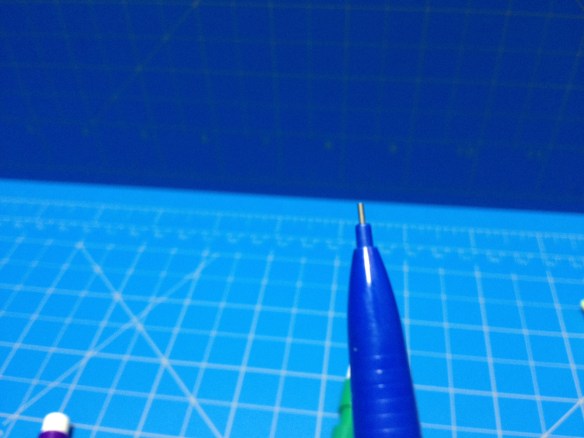How to Draw Fantasy Art & RPG Maps: A Step by Step Cartography for Gamers and Fans is a book with quite a long name that is aptly described by said title. It’s a “how-to” art book detailing the creation of fantasy or “medieval” maps for use generally with role-playing games. I picked a copy up mainly to get some inspiration from the included examples and not to actually get any solid drawing information from, as my in experience most “how-to (art)” books I’ve read don’t provide any real benefit other than that (the worst being the “Step 1: Draw a circle, Step 2: Perfectly draw a bunny then color it” kind). But does this one break the mold?

All first impressions indicate that this is a fairly standard, if nicely produced, how-to-draw book. The almost 8½ x 11” size is nice and fitting while the 128 page length is right in the middle of books of this type (most good ones at least). The cover stock is decent and the inside pages are heavy and well coated. The image quality is phenomenal; it’s all nicely printed and well laid out (and meant to look old on the covers. meaning the damage to the corners caused by shipping doesn’t show up as much)
The actual content of the book is where it seems to lose purpose. Not necessarily the art, which is very good if a bit overly specific, but in the writing, which spends most of the books length telling you “now sketch/draw/fill in X” without giving any real hints, tips or tricks. And sometimes I get that, maybe there aren’t any “tricks”, but at that point the text could just be omitted. It seems like the author was only writing most of the book because it was supposed to be a “book” and not show-and-tell, but I’m not necessarily against show-and-tell, especially in this context. The worst part is that even with all of the unnecessary text there are constantly little blocks like pop-up ads in book form that “inform” the reader of “free content” on the publishers website (that I’m sure will be around for as long as all physical copies of the book last). I personally haven’t looked to see (now I have, it’s not much) what’s there but they are used frequently enough (to fill space I’m guessing) that it almost seems like there’s a second book online I should be looking at (there isn’t, just wallpapers).
Still, there is some good stuff in the book; scattered around are helpful “aside” boxes that have useful information (generally better than the regular guidelines) and most of the information and images are on a solid foundation. The shield chapter is particularly nice (if short) one where many examples and color palettes are provided to give the reader some inspiration. This stands in sharp contrast to the previous icon chapter where little-to-no variation or creativity-inspiring options are presented, with boring text that at times (citadels) is directly in opposition to the drawing being displayed. This chapter is by far the worst example of the main problem with the book; that is, just stating the obvious about what is drawn. I have eyes and can see that that is a circle, I also know that the first step in drawing it is a circle, but the book explains that to me. I kept reading in the hope that some interesting fact or technique would be presented but none were (or very few at least). It’s still a problem, but much less so in other chapters where the drawings being directed are actually slightly complicated.
But that’s always been a problem art books have. They provide very few options because they can’t provide more. They don’t know exactly what you want, and when they start to provide the reader with options they lose their cohesiveness. Even this book, which is very straight forward and “constricting”, seems to be about how to make two very different styles of map, but they’re presented as one, in chapter order like you’re supposed to follow. But if you included each of the elements suggested in each chapter as you made the map, you’d have a hard time fitting everything in nicely and you’d end up with a graphically confused and cluttered map.
The book fulfills the purpose I bought it for in giving general inspiration and techniques for creating “fantasy” maps, and it’s an alright beginners tool. The author is a very good artist even if he wasn’t given the ability to flex his writing muscles (that may or may not be there) and the whole thing is nice looking and well produced. I think it would have been better served (like most art books) as a series of images to use as “suggestions” or to draw inspiration from, but if one knows about that (perceived) flaw in books like this going in it is no real problem. If one is looking for actual instruction, the sections on supplies, inking, and digital manipulation at the start and end of the book will do the job with little in the middle being particularly helpful. I am glad I got the book, but I’m not sure how much I could recommend it; it’s nothing special in the world of “how-to art” books and I’m not much of a fan of the (quite digital) aesthetic. So maybe take a look at all of that “free content” on the publisher’s website before making a decision (it just takes one to a page to enter their email address to get “wallpapers”, hardly worth it. I’d try and leaf through the book at the store or with an online “quick look” feature before considering it).


















